Sat, 14 Mar 2015 . Last updated Thu, 25 Jun 2015 09:02
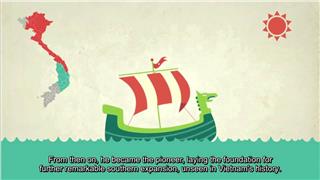

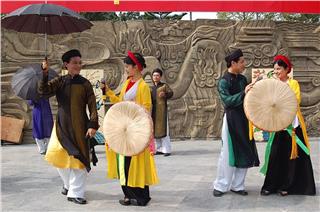
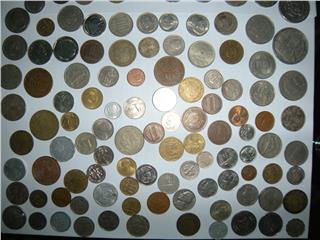
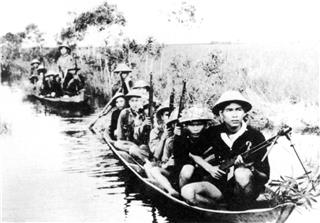
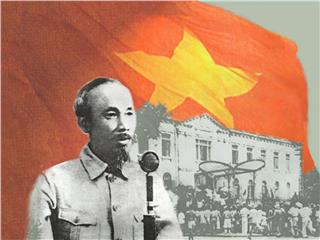
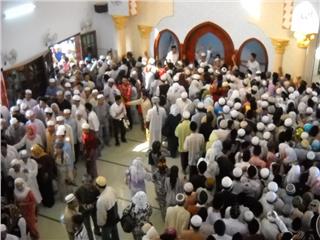
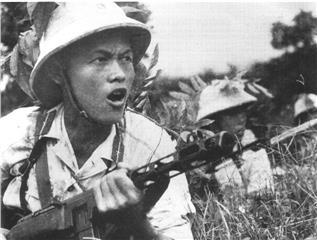
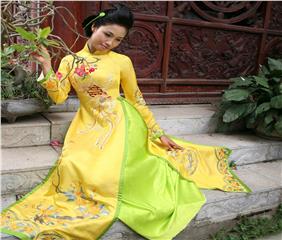
Perhaps expatriates remember Tet atmosphere with family love the most when they’re far away. The New Year has come as a matter of fact. However, people in different countries have different way to celebrate Tet, welcomed depending on the geographical conditions of the place where they live, their customs and cultural features. Vietnam people call the Lunar New Year “Tet” and they have such notions as “don tet” (celebrate the lunar New Year), “choi Tet” (go out in lunar New Year holiday), “le Tet” (lunar New Year ceremony).
Tet means the transitional period from winter to spring. Tet Nguyen Dan or Tet Ca has been the biggest traditional festival of Vietnamese people for thousands of years. It’s the time when a new season or a new development period comes. After for years, Tet has carried human values and expressed the relationships between human beings and nature in four seasons and the gratitude to the God for giving them good weather.
In fact, Tet is considered the beginning of a production cycle o lunar January 1 and even the human development cycle. People live in the harmony with the universe during Tet. They offer votive offerings to the God, come back to work when Tet is over and then celebrate another lunar New Year again. That’s the cycle of time, culture and production. And Tet is also the time when people pray to the God and ancestors for what they want and seem to be able to hear the whisper of the universe.
Perhaps Tet is the most beautiful memory for children. It’s like the source of joy that enriches their soul. And this is also true to adults, Tet in the past was simple but it had such a warm atmosphere. Tet is the time for Vietnamese people to commemorate their ancestors and tighten up their relationships with their neighbors. And the first festival is the Kitchen God’s Day.
People often buy new stoves on the Kitchen God’s Day. It’s also the time when the God come back to the Heaven. Votive offerings include fruits, wine, betel quid, paper hats, dresses, one or three carps for the God to ride to the heaven. Vietnamese people have an old saying that the 5th, 14th and 23th day of a month are bad days. However, the kitchen God chooses Lunar December 23 to return the Heaven. There must be a reason for this.
After people completing their ritual in the kitchen, they release the carps into the pond, lake or river. So, the Kitchen God’s Day is the first day of Tet and people start preparing for Tet from this day. The Lunar New Year pole or “cay neu” in Vietnamese is planted in the yard on Lunar December 23 and people take it away on Lunar January 7 of the new year. This is the symbol that connects the heaven and the earth, the nature and human beings. This pole is considered the sign of the lunar New Year that people want to send to their ancestors and the charm which drives all devils away. People believe that the devils can never enter the area behind the Lunar New Year pole where people enjoy Tet.
A five-fruit tray is an indispensable thing for votive offerings to the ancestor during Tet. Must-have fruits include a hand of bananas, a pomelo or a Buddha hand fruit. Other three fruits may be different in different areas. But in general, it has nutritious fruits and carries the family’s wish for a happy New Year. People often celebrate the death anniversary of their ancestors. When Tet comes, people also clean their ancestor’s tombs.
They believe that everything must be clean during Tet and their ancestors’ tombs are no exceptions. Vietnamese attach great importance to their ancestors’ tombs. Repairing these tombs is a way to show their duty and respect for their parents who pass away. So, visiting ancestors’ tombs during year-end days is a popular tradition of Vietnamese people across the nation. Each house of Vietnamese people has an ancestor altar which is decorated in different ways in different families. This is the world of the dead. This ritual lasted for generations.
Hanging Tet paintings is another age-old tradition of Vietnamese people. Anyone can afford Tet paintings and they are indispensible things of tradition Tet. Colors of these paintings lighten up the spring atmosphere in Vietnamese families. In the past, people from all walks of life used to hang “cau doi” during Tet. These sentences were written in old fashion style letters on red papers. The word “cau doi” itself appears in a couple of a parallel sentences.
All families make “chung” cake from December 28. Together with “giay” cake, “chung” cake is an indispensible cake to offer to the ancestors, express our gratitude to our parents and hope for a successful and happy new year. Lang Lieu in the 6th Hung King’s reign made the first “chung” cake. Since then, making this cake has become a traditional custom of Vietnamese culture and this will be preserved forever. “Chung” cake represents the Earth and yin. “Giay” cake represents the sky and yang. So, these two cakes represent yin and yang concept in oriental philosophy in general and the concept of square and circle things in Vietnamese belief in particular.
Lunar December afternoon is an important period to Vietnamese people. They come back home to worship their ancestors and gather for the year-end meal. This day marks the first day of Tet holiday. These are possibly the deepest memories of Tet in the past. The small front yard is the warmest space with family love and connection. This scene at twilight is not to describe but to feel. It’s our shared feeling, the precious gift from the childhood to us and the source of support for each of us. That’s how Vietnamese Tet is. Simple but preserved over the time.
All families bring the incense table to the yard to carry out the ritual of the New Year’s Eve. People believe that each year is managed by a god, so they should give him votive offerings to see the god of the old year off. The offerings tray is prepared with the respect for the former God and welcome another God of the new year. Thus, the ritual takes place right at 0 o’clock. The ritual is also called “tru tich” which means “driving devils away”.
Because it’s carried out in New Year’s Eve, the ritual is also called “Le giao thua”. The aim of the ritual is to ask the ancestors to support the whole family and bring them good luck in the coming year. Giving lucky money didn’t originate in Vietnam but has become a nice tradition in our country. It shows our respect for life and the universe that gives us a new year and good things to children.
First footing is a popular custom of Vietnamese people that took root from their respect to the land. The first person who visits the land of a family in the New Year is the one who decides the luck of a family in the whole year. Whether people get good luck or bad luck in a year, they often think of who was their first footer. Thus, selecting a first footer is a great significance.
Vietnamese people often pick young buds in the New Year’s Eve and first days of the year to pray for happiness and good luck. They choose the plants that are believed to have the characteristic of a gentleman. People used to do this in the past but nowadays, they buy sugarcanes instead. Tet is the occasion for all family members to get together. That’s time for them to express their love and exchange wishes.
The first day of the year is the day for father. So, after worshipping the ancestors, people ask their parents to sit on the chair so that they can take turn to wish them happy new year. The second day is for mother and people visit their maternal relatives on this day and wish them happy new year. They stay there to enjoy the meal and tighten up their relationship. And Lunar January 3 is the day to visit and express their gratitude to their teachers. This customs show our moral dignity. In short, Vietnamese people’s custom of exchanging New Year wishes is a cultural feature that reveals their care and duties to important people in their life.
Asking for scholar’s words when Tet comes has been another nice tradition of Vietnamese people for a long time ago. Together with writing on first days of the year, this custom is a nice feature of Vietnamese culture. It represents their respect for intellect. During last days of the year, everything gets boisterous in the atmosphere of Tet and new spring. Like other Vietnamese families, Vinh’s family is preparing for Tet. Perhaps they feel happiest this Tet because his daughter who has lived aboard for 10 years comes back home for Tet.
It’s the magic of Tet. It makes people come closer together and warms up their hearts after a long far apart. The reunion moment has always been heart-touching like that. Tet in modern time may change but its soul stays the same. It takes roots in Vietnamese people life and wherever they are, they come back home for Tet.
Source: VTC10 - NETVIET

 Đặt vé máy bay cho người Việt?
Bấm vào đây
Đặt vé máy bay cho người Việt?
Bấm vào đây
Our service uses cookies for technical, analytical and marketing purposes. See our Cookie và Privacy policies for more information. If you agree to this, just keep browsing.


